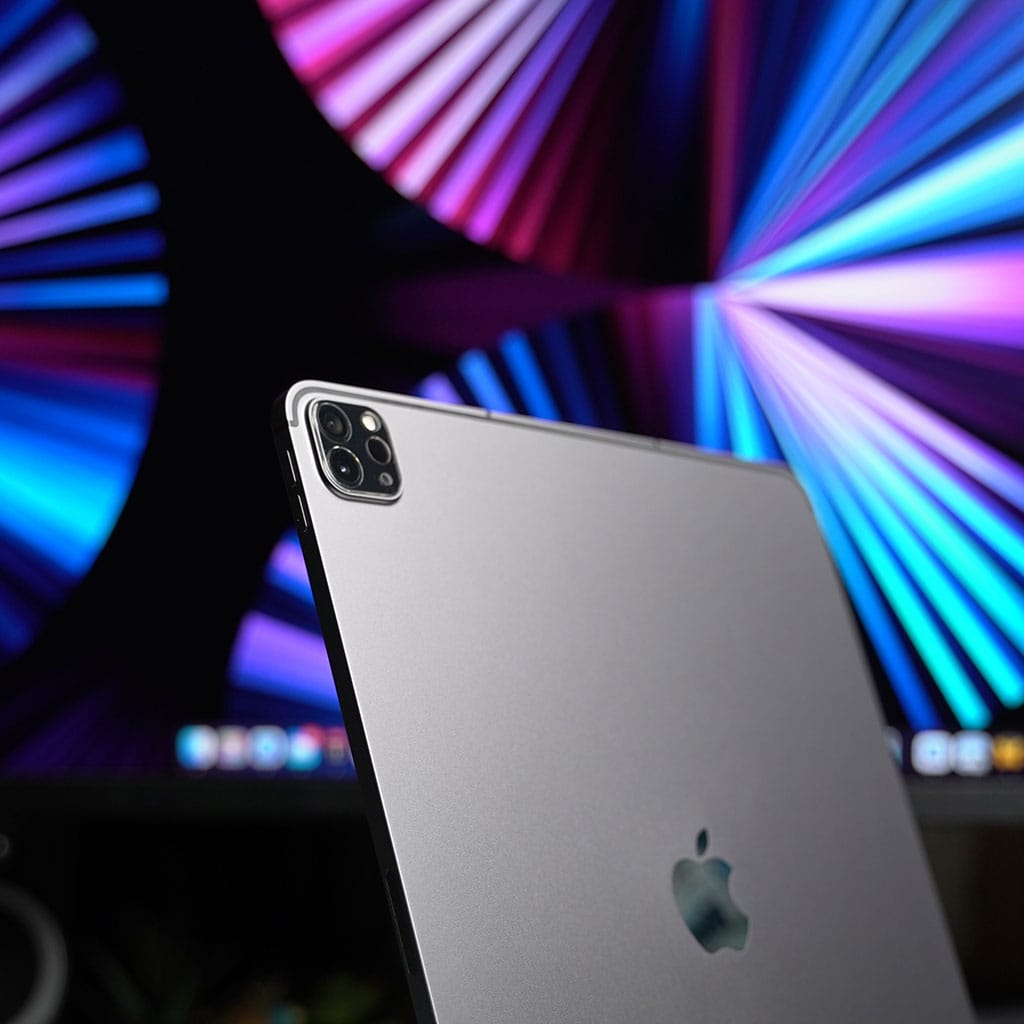Is this iPad stolen?
Is this iPad stolen?
Understanding the legitimacy of an iPad’s ownership is crucial in today’s landscape. Delve into the nuanced indicators, best practices, and methods to ascertain whether an iPad might be stolen or unlawfully obtained, ensuring ethical and lawful transactions in the tech market.
Could this iPad potentially be stolen?
Here are several indicators and steps to consider when assessing the possibility of an iPad being stolen:
- Check Device Status: Utilize online tools provided by Apple or third-party services to verify the device’s status. Apple offers a tool called “Check Activation Lock Status” where users can input the iPad’s serial number or IMEI to check if Activation Lock, a security feature, is enabled. A device with Activation Lock turned on might indicate that it’s still linked to the original owner’s iCloud account, suggesting potential theft.
- Verify Serial Number: Cross-check the iPad’s serial number with databases of stolen devices. Law enforcement agencies and online platforms maintain databases of stolen devices. Websites like StolenLostFound.org or the National Crime Information Center (NCIC) may provide information if the device has been reported as stolen.
- Physical Inspection: Scrutinize the physical aspects of the iPad. Look for signs like scratches or markings that indicate attempts to remove serial numbers or identification features. A missing or altered serial number might suggest foul play.
- Check Purchase Documentation: Ask the seller for the original purchase receipt or documentation. Legitimate sellers often have purchase receipts, warranty papers, or original packaging. Verify the details mentioned in the documentation against the device’s information.
- Meet in Safe Locations: When buying second-hand devices, arrange to meet in safe, public places. Conduct transactions in areas equipped with surveillance cameras or within police stations if feasible. This precaution can deter sellers with dishonest intentions.
- Trustworthy Sources and Documentation: Purchase from reputable sources or platforms known for authenticating and verifying devices. Avoid deals that seem too good to be true, especially in private or unverified marketplaces.
- Legal Advice and Reporting: If suspicions persist or if evidence strongly suggests the device is stolen, consult legal professionals or law enforcement authorities. They can guide you through the appropriate steps and ensure compliance with local laws.
It’s crucial to approach the situation cautiously and responsibly. Accusing someone of theft without substantial evidence can lead to legal ramifications. Always prioritize safety, legality, and ethical considerations when dealing with potential stolen property and seek guidance from authorities if uncertain.
Does the seller give accurate information about the iPad’s history, ownership, and reason for selling?
When assessing the credibility of the information provided by the seller regarding an iPad’s history and ownership, it’s essential to inquire about the device’s background, previous ownership, and reasons for selling. An authentic and trustworthy seller should be forthcoming about the iPad’s provenance, explaining its history, how they obtained it, and its usage. Details about any previous owner, if known, can be critical in understanding the device’s legitimate transfer. Sellers who are transparent about the iPad’s past and can provide information without inconsistencies or vague explanations bolster confidence in the transaction’s legitimacy. Additionally, inquiring about the reasons for selling can offer insight; however, it’s crucial to corroborate this information with other indicators of authenticity.
One significant aspect to explore is whether the iPad has any association with lost devices or if it’s reported as lost or stolen. Sellers who can confirm that the device is not linked to any lost or stolen reports, and who offer clarity about its status, contribute to the assurance that the iPad is being sold by the rightful owner. Asking specifically about the Activation Lock status, which secures the iPad and associates it with the owner’s iCloud account, is crucial. A seller demonstrating an unlocked device or being able to properly disable Activation Lock and remove their personal data, including contacts, through factory resetting, adds credibility to their claims. Additionally, the seller’s willingness to assist with additional steps, such as verifying the device’s status through online services or facilitating contact with the rightful owner if needed, signifies a genuine effort to ensure a transparent and lawful transaction.





You must be logged in to post a comment.